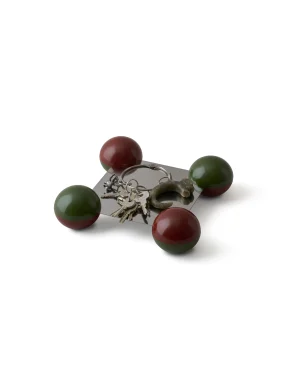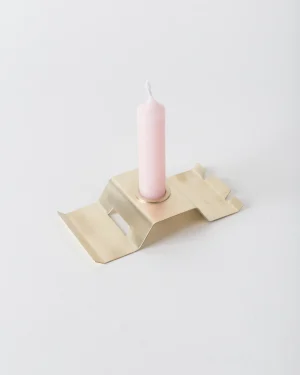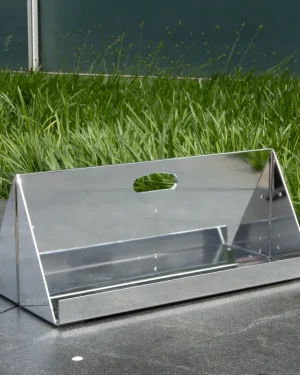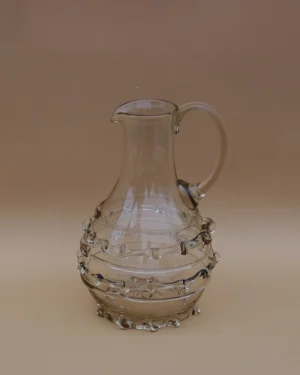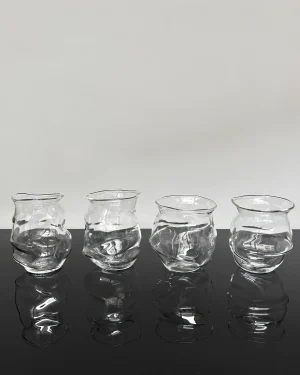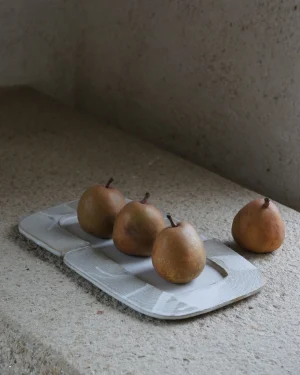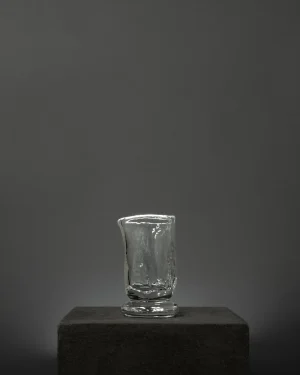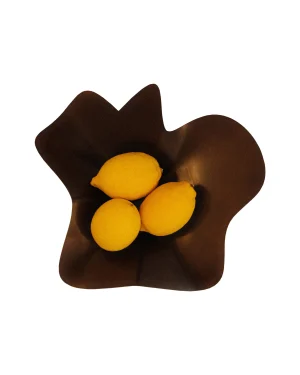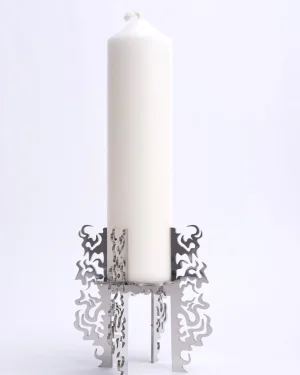Dining Table Decor
Dining table decor shapes the atmosphere of a dining space. Contemporary interiors often center around sculptural tableware, collectible ceramics, and expressive pieces that introduce form and texture. Dining becomes both functional and aesthetic, with the dining table serving as a canvas for daily rituals and special gatherings.
What Defines Modern Dining Table Decor
Modern dining table decor focuses on a curated selection of objects chosen for their material quality, silhouette, and craftsmanship. The goal is to create balance rather than clutter. Contemporary decor uses natural materials, refined textures, and simple shapes to produce visual cohesion.
Sculptural Tableware as Decor
Sculptural tableware plays a central role in dining table decor. Hand-thrown ceramic bowls, carved wood pieces, and blown-glass vessels function as both practical items and sculptural accents. These objects add height, movement, and proportion to the surface while remaining visually compelling even when not in use.
Dining Table Decor Ideas
Single Centerpiece
A single standout object can anchor the table with clarity and purpose. A tall vase, a sculptural bowl, or an expressive vessel creates focus without limiting everyday functionality.
Material Harmony
Selecting pieces with complementary materials creates cohesion. Matte ceramics, translucent glass, natural wood, and stone can be mixed or grouped to produce a unified palette.
Curated Trio
Arranging three objects of varying heights introduces rhythm and dimension. A tall vessel, a medium bowl, and a low tray form a balanced composition that works especially well on long tables.
Seasonal Designs
Dining table decor can shift subtly with the seasons. Spring welcomes lighter materials and soft tones; summer suits woven textures; autumn benefits from earthy ceramics; winter lends itself to candleholders and reflective surfaces.
Organic Forms
Objects with natural or hand-shaped forms bring warmth and texture to the dining area. Stoneware, carved wood, and organic silhouettes soften sharper architectural lines.
Layered Arrangements
Layering bowls, trays, or stacked plates adds structure and depth to the table. This approach is ideal for rectangular or larger dining tables.
Dining Room Table Decor for Everyday Use
Effective dining room table decor is not exclusively for special occasions. One sculptural vase, a bowl of fruit, or a simple curated grouping can make the table feel intentional without sacrificing functionality. The aim is to maintain an inviting surface that enhances daily routines.
Dining Table Decor by Interior Style
Minimalist
Minimalist interiors benefit from one or two refined pieces in neutral tones, emphasizing clean lines and open space.
Scandinavian Modern
Pale woods, matte ceramics, and soft textures suit Scandinavian-inspired dining rooms, creating a warm, understated atmosphere.
Eclectic
Eclectic spaces encourage expressive combinations of form and color. Contrasting pieces and unexpected shapes contribute to a personalised tablescape.
Art Deco
Art Deco dining decor favors symmetry, geometric forms, and reflective materials. Sculptural glass or metal objects complement this style’s characteristic structure.
Rustic and Organic
Raw clay, carved wood, and natural stone pieces add warmth and texture to rustic or organic modern settings.
How to Choose Dining Table Decor
- Start with a Focal Point: Choose one object to anchor the table and build the arrangement around it.
- Consider Proportion: Match object size to the scale of the table. Large surfaces can support taller or broader pieces, while smaller tables benefit from compact decor.
- Balance Heights: Combine tall, mid-height, and low objects to create a sense of visual balance.
- Limit Materials: Use a focused palette of one to three materials to maintain cohesion.
- Prioritize Craftsmanship: Well-made pieces bring character and elevate the overall presentation of the table.
Sizing Dining Table Decor
Use a single centerpiece or a compact grouping to maintain symmetry.
Opt for elongated arrangements or compositions distributed across the table’s length.
Small Tables
Keep decor minimal, often limited to a single object to preserve usability.
Extendable Tables
Choose adaptable decor such as trays or lightweight sculptural pieces that can move as the table expands.
Frequently Asked Questions
What is the best dining table decor for everyday use?
A sculptural vase, bowl, or tray that adds visual character without interfering with daily activities.
How can I decorate my dining table without cluttering it?
Limit the number of objects and allow negative space around them for balance.
Which materials work best for dining table decor?
Ceramic, glass, metal, stone, and wood provide both texture and visual interest.
How often should dining table decor be updated?
Seasonally or whenever the surrounding interior palette changes.
Is sculptural tableware practical for daily use?
Yes. Many pieces are designed to be both functional and visually expressive.
Dining table decor becomes meaningful through intentional selection. Sculptural tableware brings artistry, texture, and proportion to the dining experience, transforming the table into a curated setting that enriches everyday life. Choosing pieces with strong form, material integrity, and thoughtful balance allows the dining table to function as both a practical surface and a distinctive design statement.
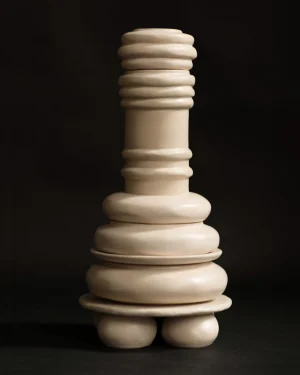
 Free shipping
Free shipping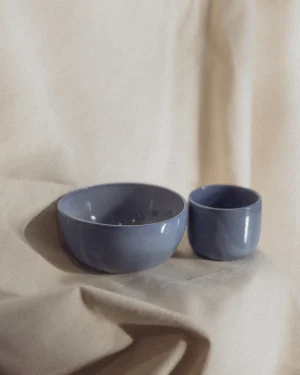 In stock
In stock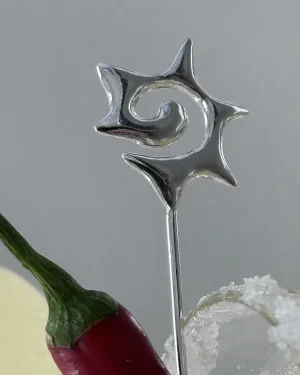 In stock
In stock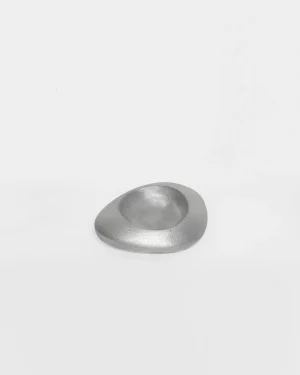 Sold
Sold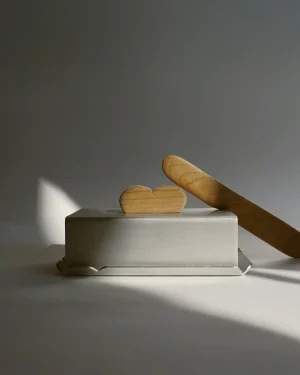 Free shipping
Free shipping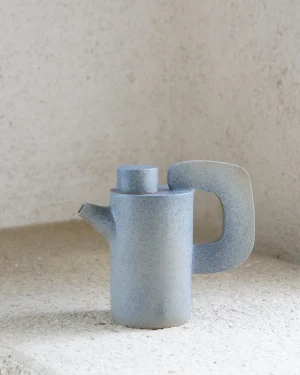 In stock
In stock In stock
In stock In stock
In stock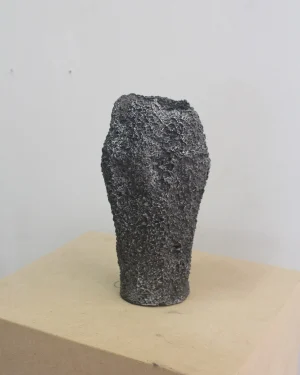
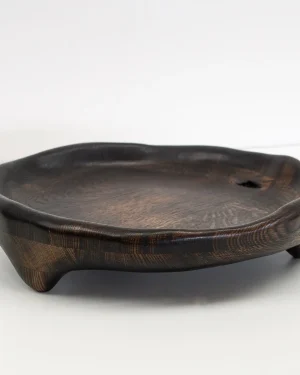 Free shipping
Free shipping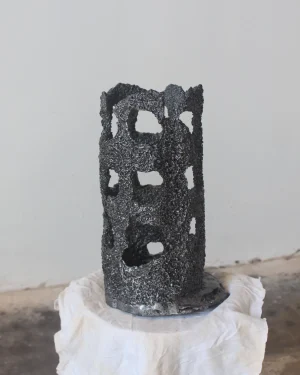 In stock
In stock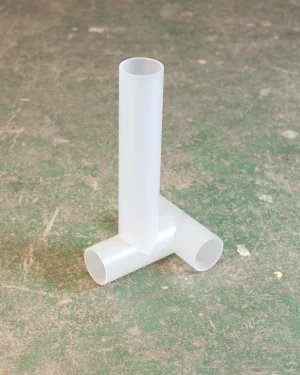
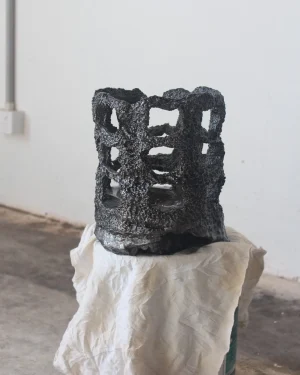 In stock
In stock In stock
In stock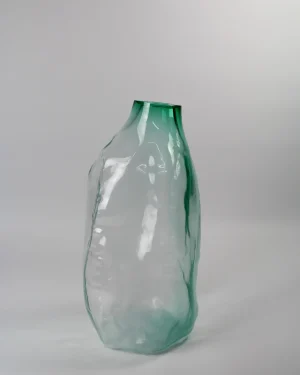 Free shipping
Free shipping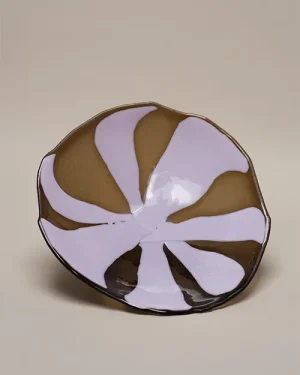 Free shipping
Free shipping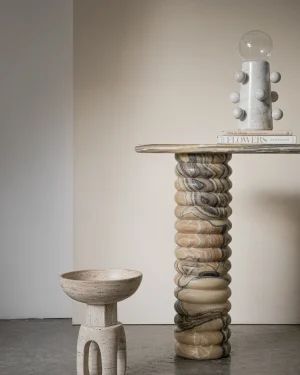 Free shipping
Free shipping
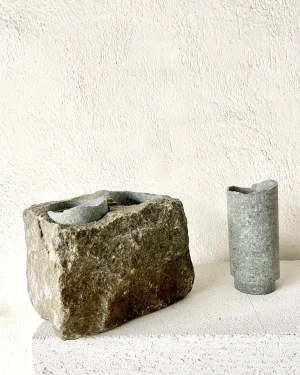 In stock
In stock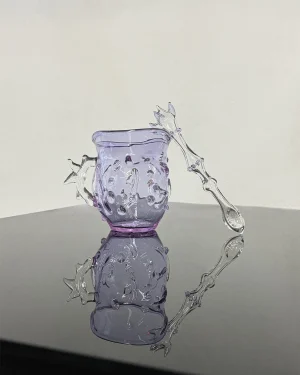 Free shipping
Free shipping In stock
In stock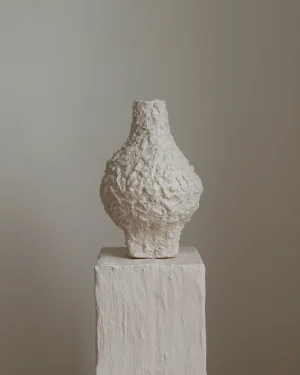 Free shipping
Free shipping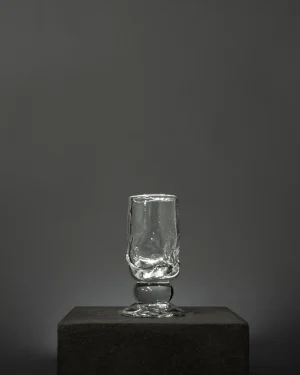 In stock
In stock In stock
In stock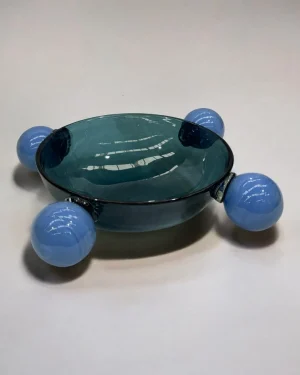 Free shipping
Free shipping In stock
In stock In stock
In stock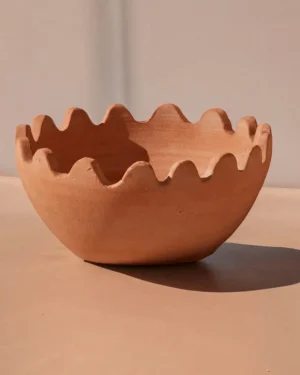 Free shipping
Free shipping